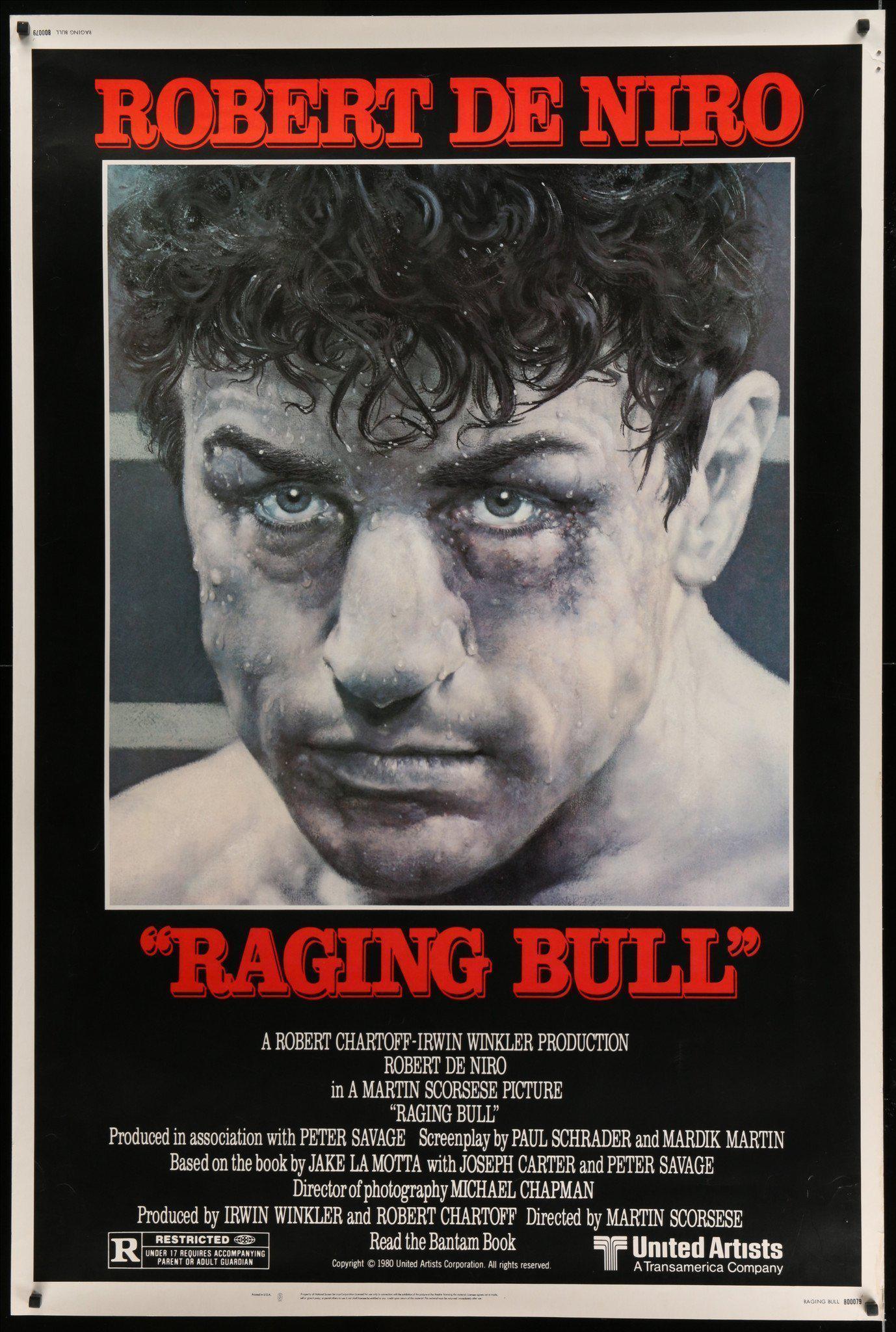

What’s more, several rapid cuts were made between the fight scenes so as to stress on the intensity of the matches. To emphasis the blood and sweat that from the boxers in the match, backlighting is used.

This allows viewers to see the expressions on the faces of the competitors, while feeing the excitement of the sense. In order to make the film seem more realistic, Scorsese demanded that the fights be shot in the ring using Point of View shots. Low angle is also used in the fighting afterwards. Furthermore, a low camera angle is used right before the match and created a big fist, threatening moment, which shows that the exciting part is starting. The use of these techniques allows the viewers to notice that LaMotta is completely alone. This scene was shot in slow motion while using wide- angle lens to enlarge the apparent size of the boxing ring. It is enhancing the degree of audience engagement with the character and helping us to regconisze the significant aspect of the scene- his nervousness before the match.Īfter that, it is the sense that LaMotta is preparing for a fight alone in a smoky boxing ring. Besides, the camera positioning keeps the eye level and in horizontal axis, with also a mid shot from LaMotta’s practice to the stage. The movie starred Robert De Niro as Jake LaMotta, Joe Pesci as Joey Lamotta, Cathy Moriarty as Vickie LaMotta, and Frank Vincent as Salvy.įocusing on the cinematography in its entrance scene,firstly the use of color is monochrome- black and white at the beginning till the end of fight, like it is depicting that the fight would be harsh and result would be disappointing. It focuses on the life of the famous middle weight boxer Jake LaMotta, who is known to have had abusive tendencies towards his wife, and problems with overindulgence in a range of vices. Master director Martin Scorsese’s Raging Bull was released in 1980. Let me talk about the cinematography in the fight entrance scene of ‘Raging Bull’. When we looking deeply into a film with cinematography, elements can include the positioning of camera (camera angle, camera level, camera height as well as camera distance), choice of lens, choice of film stock, exposure and finally, using of color. Different from Mise en scene, cinematography is the activity that contributes to a film and film-making. In the previous film studies seminars, we were talking about Cinematography.


 0 kommentar(er)
0 kommentar(er)
